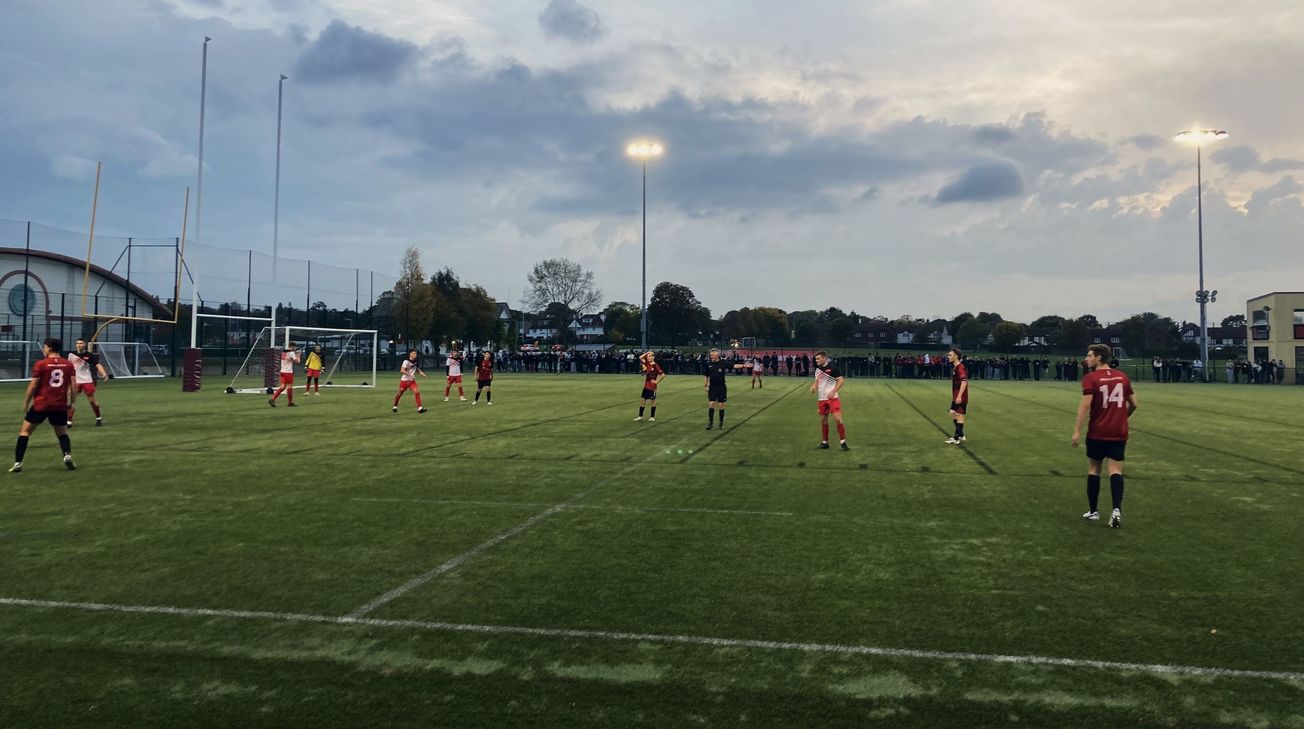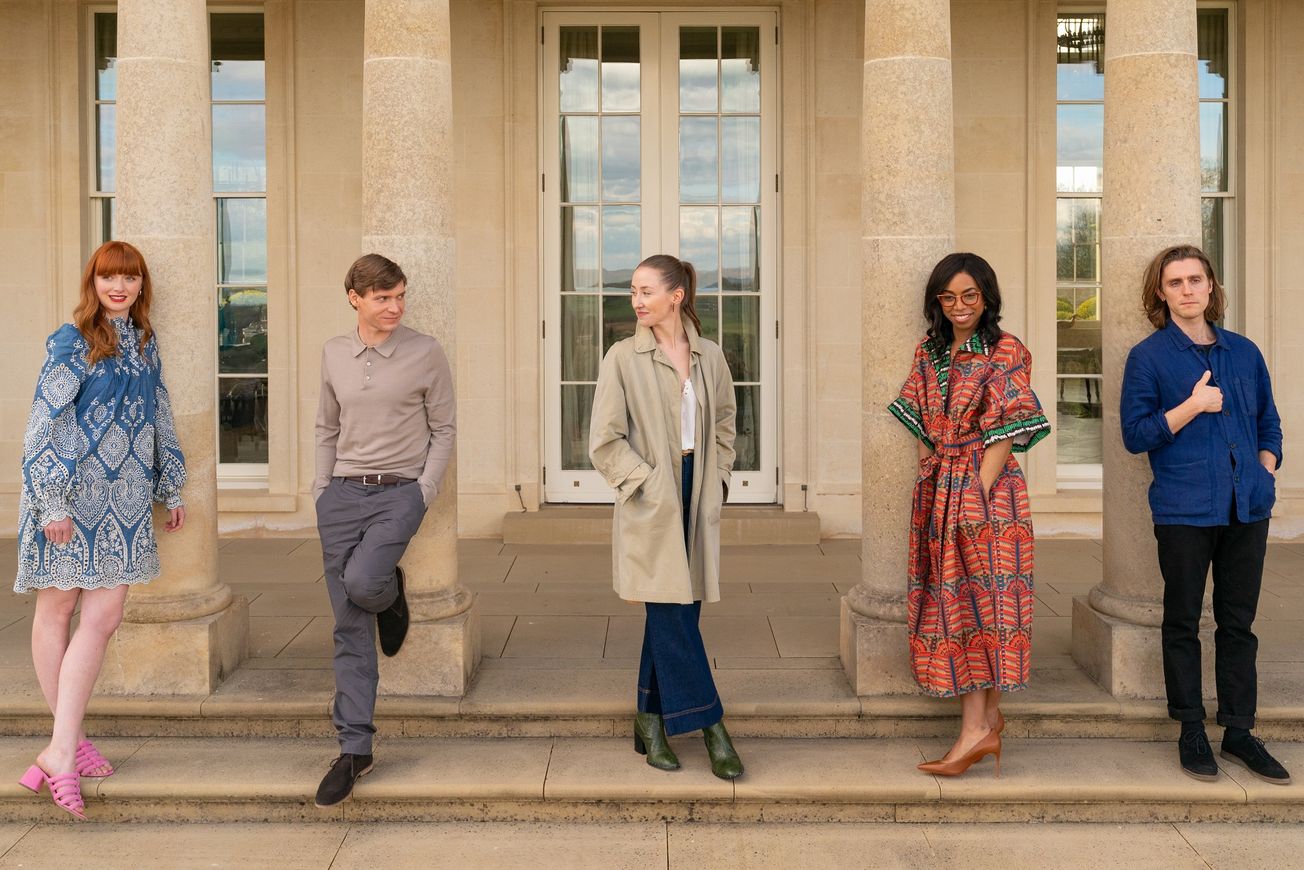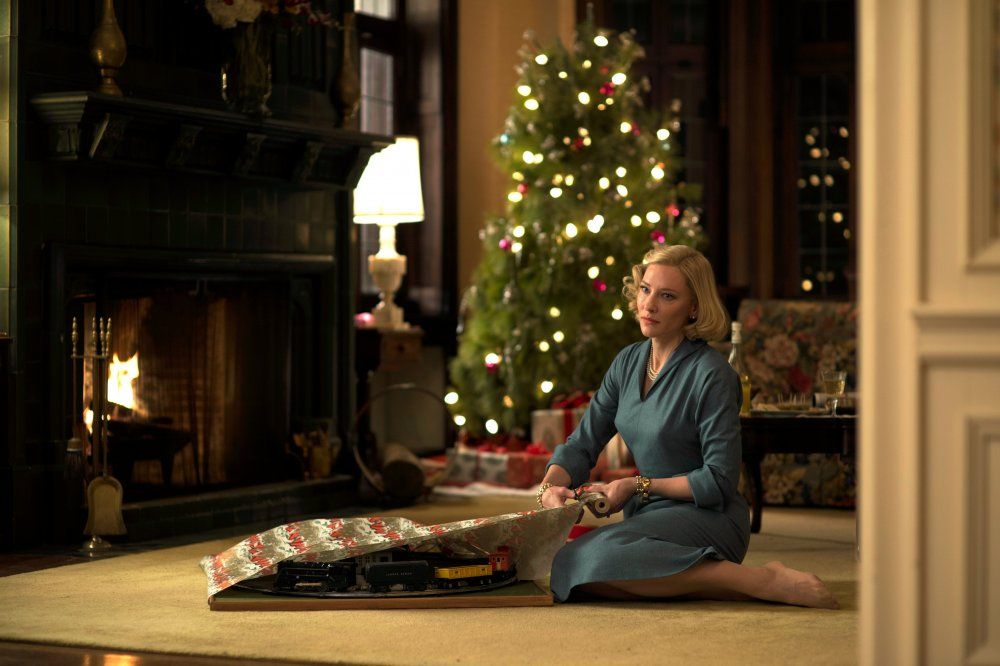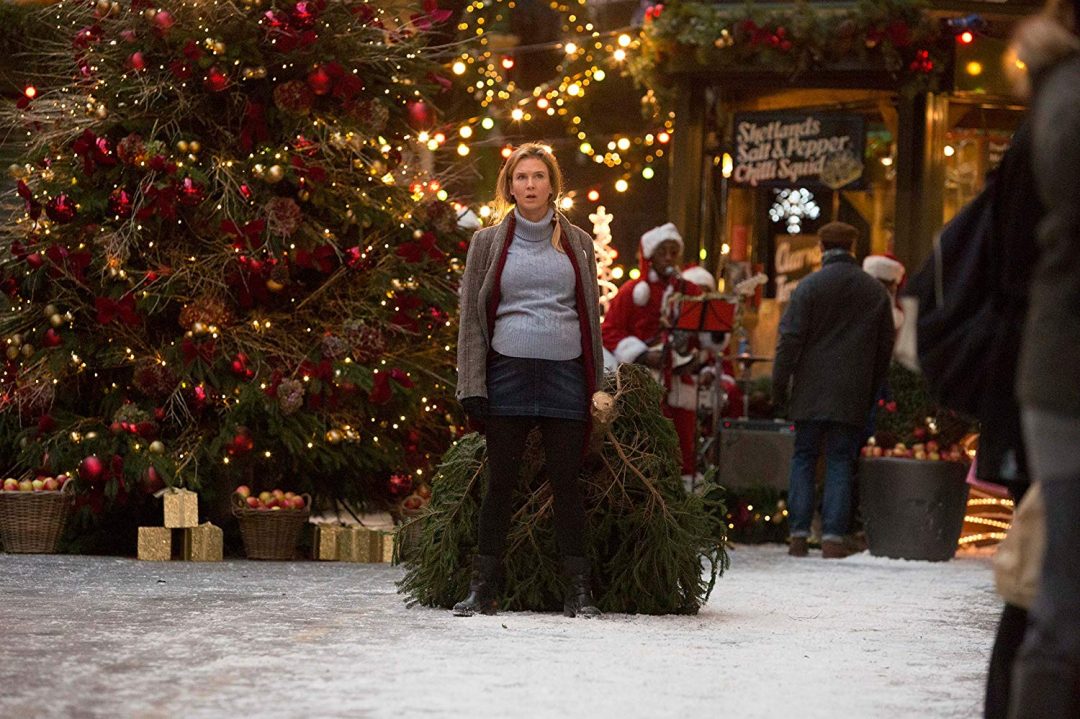By Meghana Krishnamurthy, Film & Television, 3rd Year
There are many instances in Midnight Mass where the viewer is made to wonder whether the prodigal Father Paul is the reincarnation of Jesus himself. And this is left to the viewer’s opinion. But the finale does ground a certain fact – Father Paul is an overwhelming force of good in his own eyes, even at the terrifying conclusion where he has to step in and save the people he cares for. At its heart, Midnight Mass is an examination into faith, God, and love.
Midnight Mass tells the story of the inhabitants of the isolated Crockett Island, and how their lives change when the young and charismatic Father Paul Hill; played by a stellar Hamish Linklater, replaces their ailing priest Monsignor Pruitt. The island is in the midst of a decline and are letting their faith slip away, with the attendance of Daily Mass dwindling. But that begins to change when Father Paul takes over. For better and for worse.
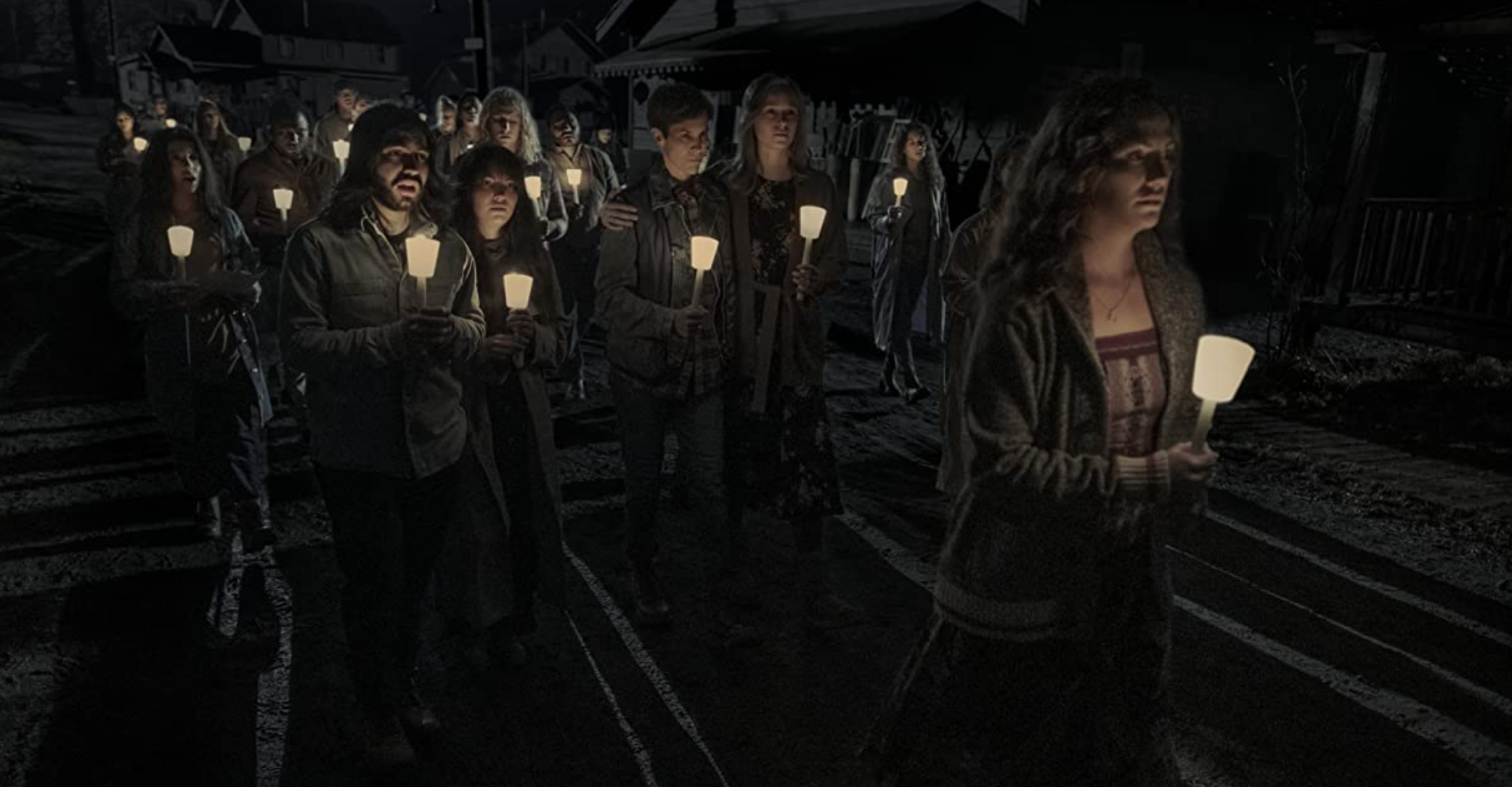
His arrival is depicted to be ominous with his face being hidden from the audience until his introduction at Sunday Mass – wearing the wrong chasuble too, in one of the purest exchanges of dialogue between him and Beverly Keane, a devout Christian and the poster woman for the parish. Father Paul is philosophical, has great hair, and even opens up a Chapter on the island to cater for AA classes. His character is exemplified when he begins to perform miracles, restoring the faith and admiration of the locals, making them, and the audience wonder – who is this man?
Midnight Mass is the best iteration of Catholic horror that has emerged from the recent wave of reinvention of the genre, and certainly, Mike Flanagan's (creator of The Haunting of Hill House) best and most personal work to date. With its seven hour-long episodes, it hosts a slow burn of horror, adding chilling incidents sprinkled throughout the first episodes, until the gears start to rotate, and Flanagan’s master plan comes to life.
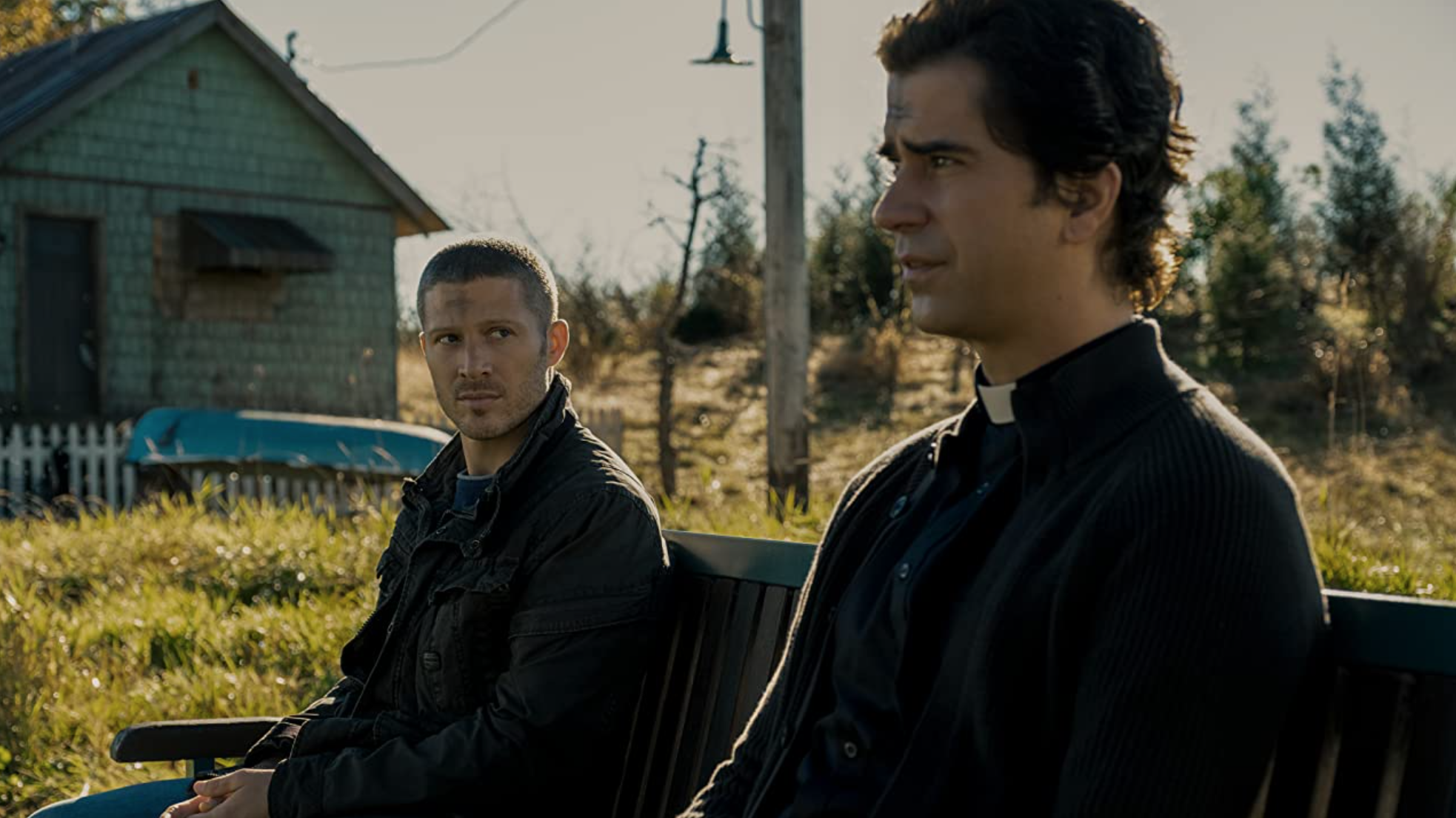
The depth of the writing going into creating Crockett Island from scratch is phenomenal. A great deal of care has been employed into developing every unique character, and sharing their fears, memories and secrets with the viewer that by the end, allows us to form a sense of attachment to these characters that they have gotten to know so well.
The viewer is eased into the eerie setting from early on and every single scene has been thoughtfully constructed as they each play a part in the large tapestry of plot threads which come together in a frighteningly explosive finale.
Aside from a cohesively built community and extensive plot one of the most hotly debated aspects of the writing has to be the monologues. They are deeply theological, as if each word has been carefully designed. Certainly, the best has to be in episode one, when Riley; played by Zach Gilford, talks to Kate Siegel’s Erin about how he feels his life has no meaning since leaving prison, and in that beautiful performance, manages to keep hold of the audience’s attention, even when taking long pauses between phrases.
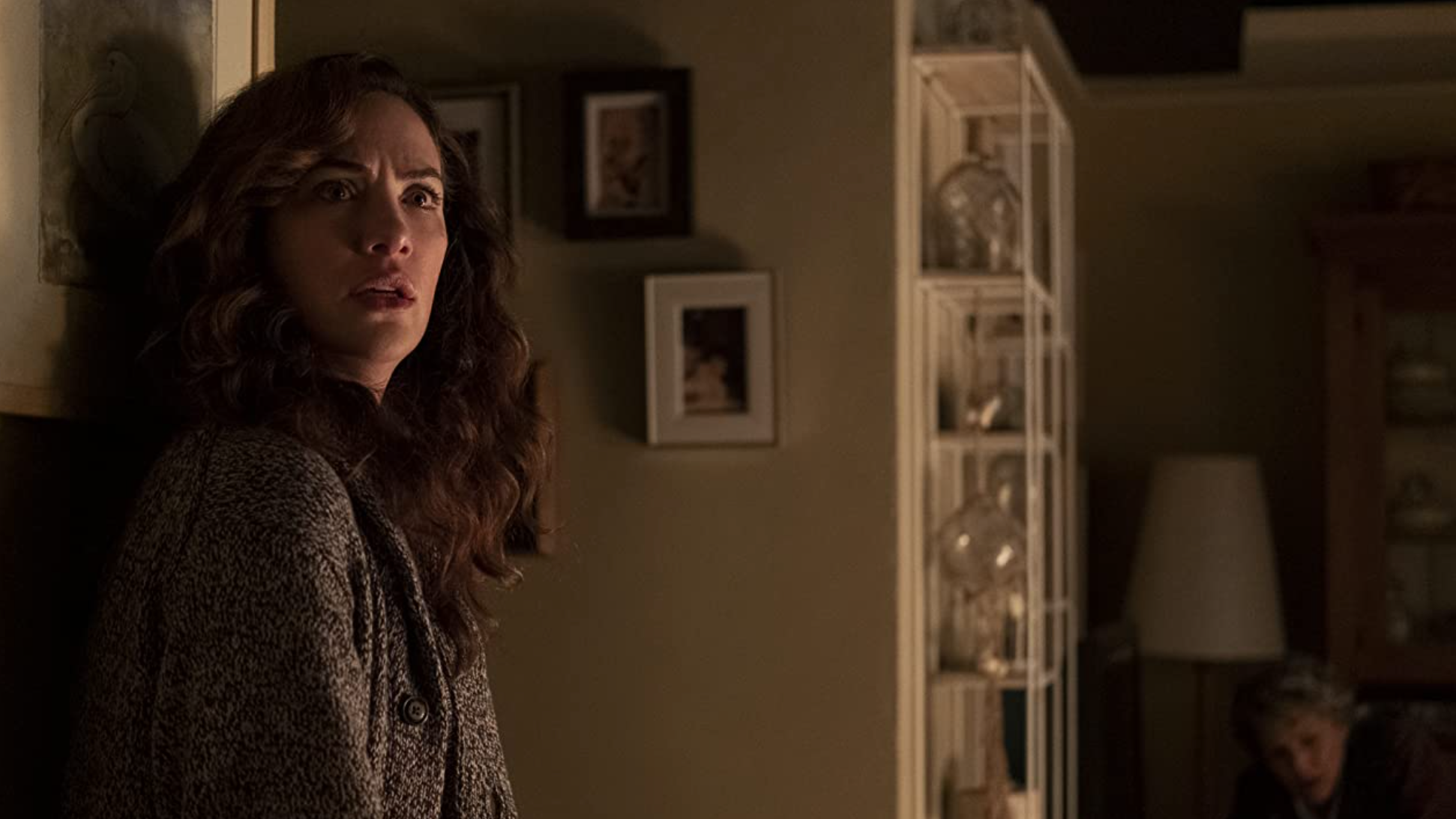
In the former half of the episodes, these monologues are great to listen through, but when the show reaches its crux, the lengthy lines and sermons do begin to break the flow of the faster pacing that has come to be expected as the show picks up pace.
And finally, the soundtrack of Midnight Mass is such a treat to listen to. With its mixture of discordant violin notes, angelic organ led hymns, and pleasing country guitar songs, it provides sharp jump scares, a warm feeling of faith, and a calming sense of small-town community all throughout the show. Midnight Mass does achieve something that Catholic horrors have long struggled to do. It examines the level of faith that is entrusted towards a higher power in such an organised religion.
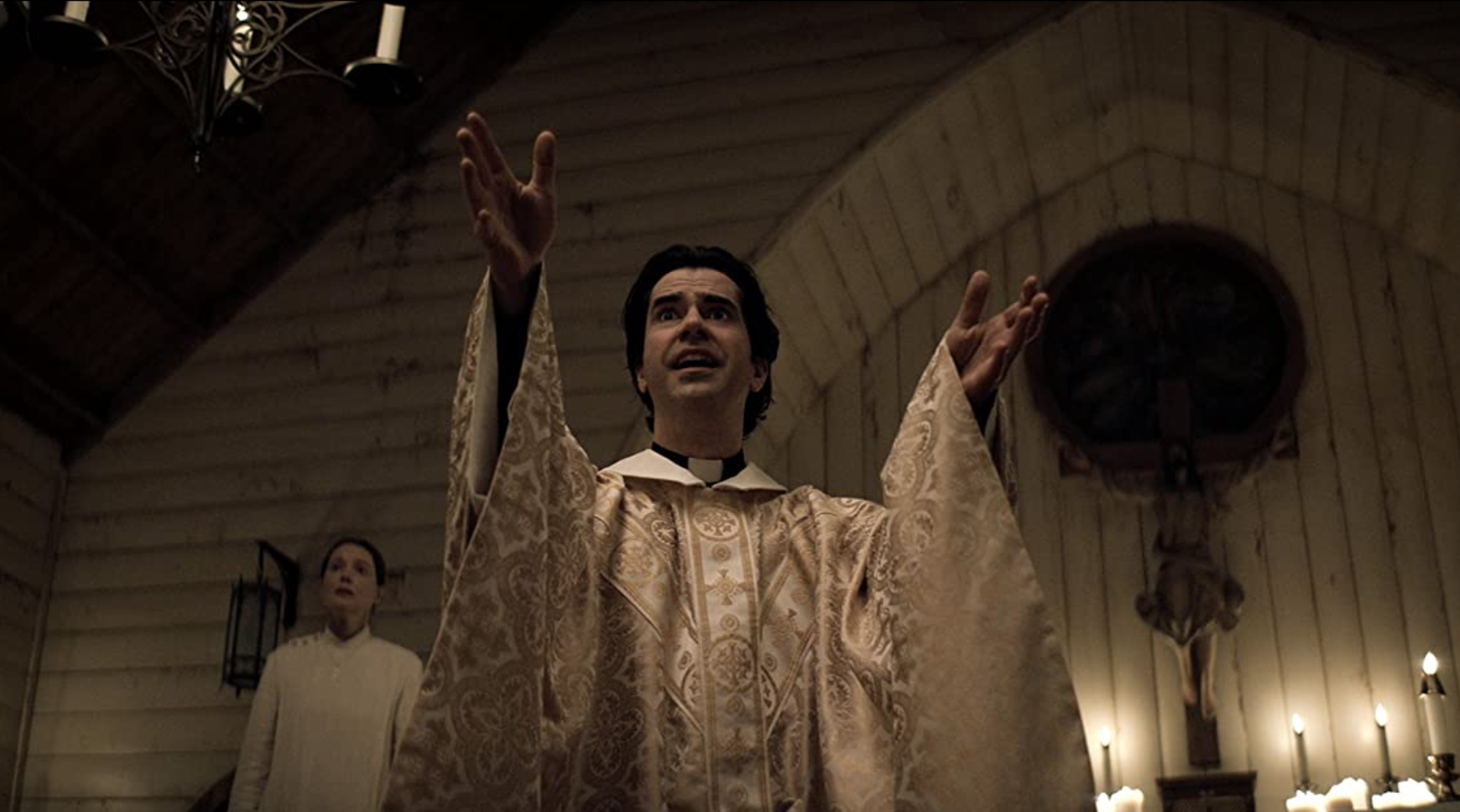
As humans, how much are we willing to believe or not believe in what is written in religious scriptures? Are we like Bev Keane (Samantha Sloyan), who quotes verses from the Bible at any given time to support her arguments? Or are we like Riley, on the opposite side of belief? Although using Biblical iconography is not exactly new in religious horror, it is the clever way in which they have been restructured to show darker aspects of Catholicism that set Midnight Mass far apart from its predecessors.
Featured Image: IMDB
Have you found faith in Mike Flanagan's new series?


